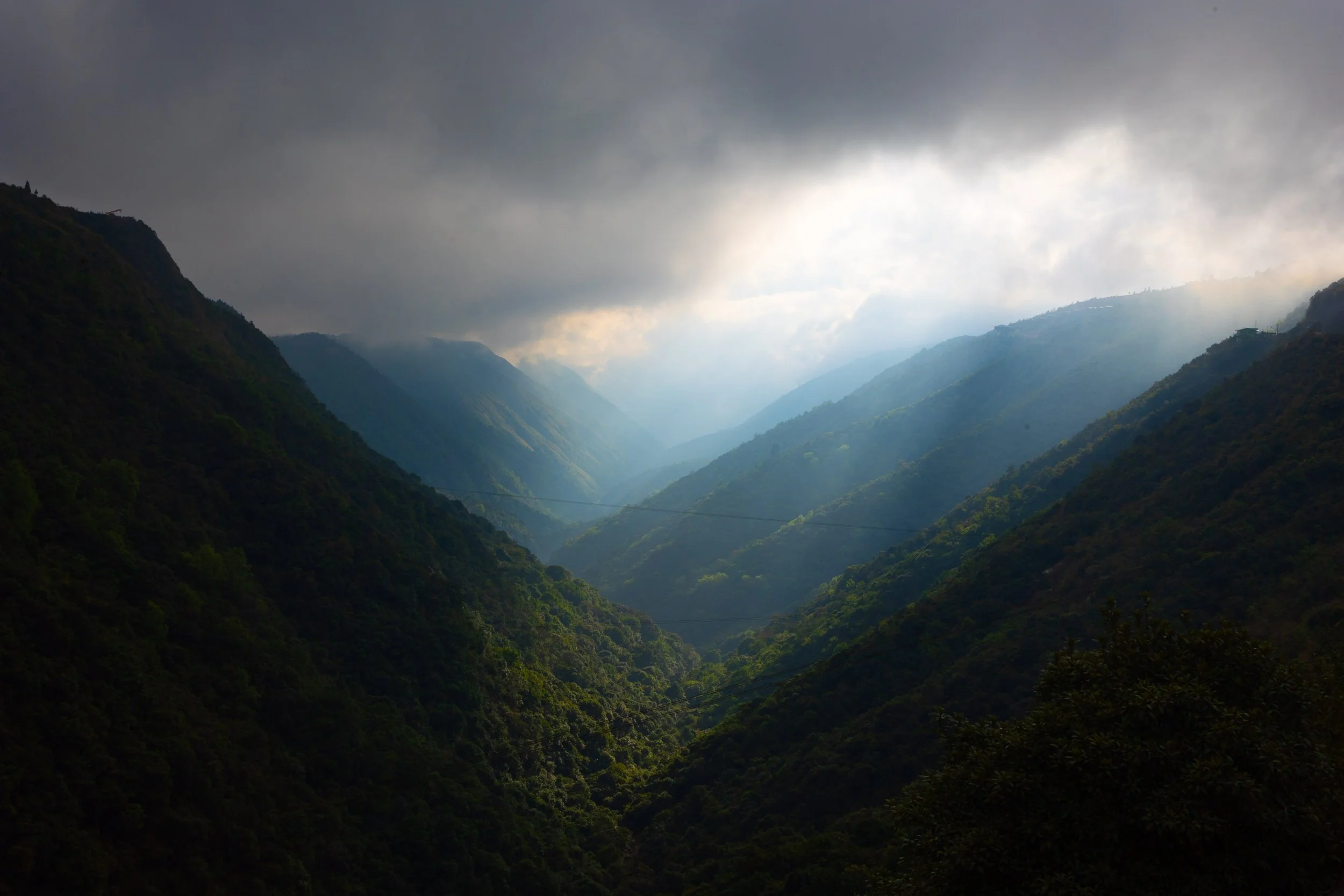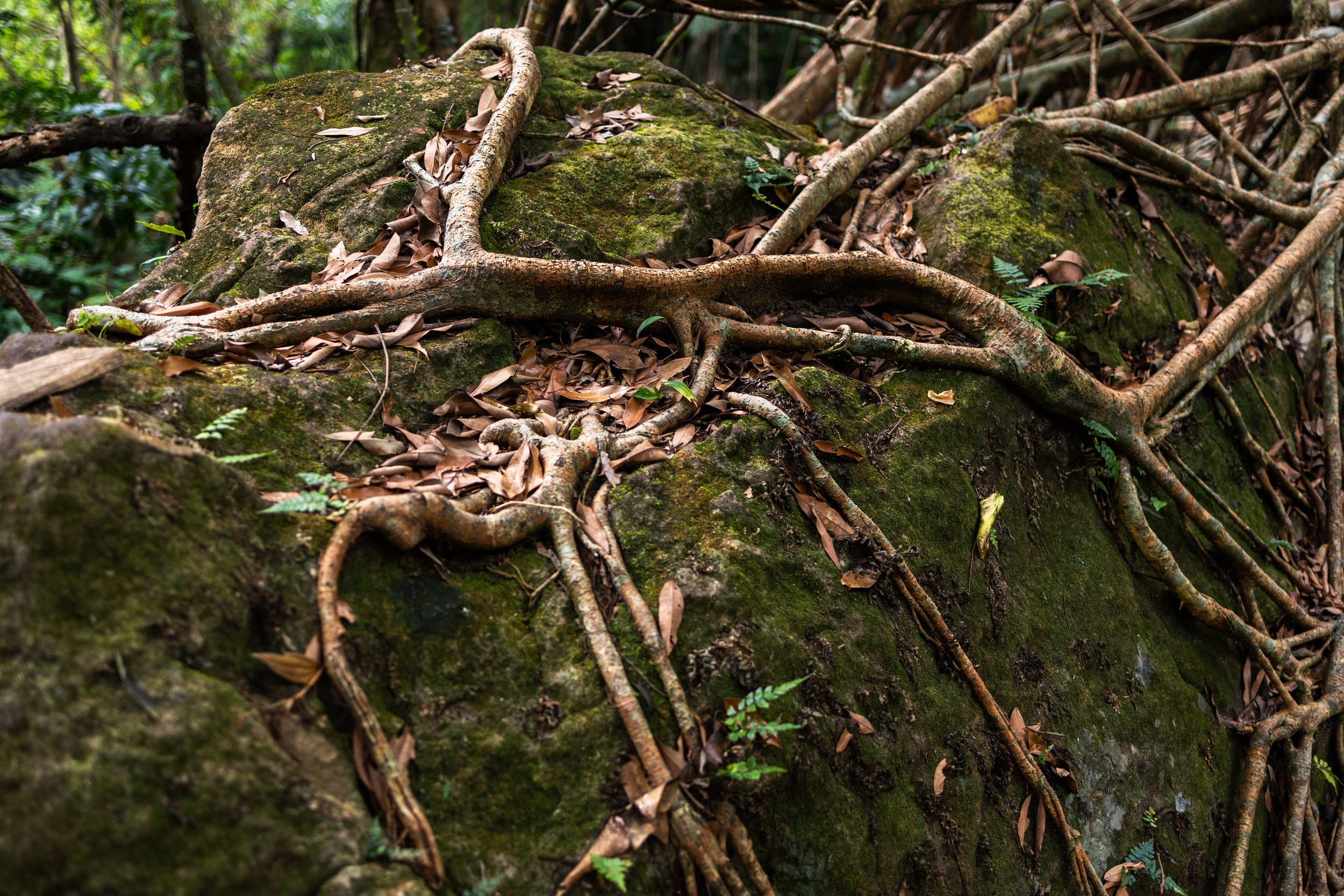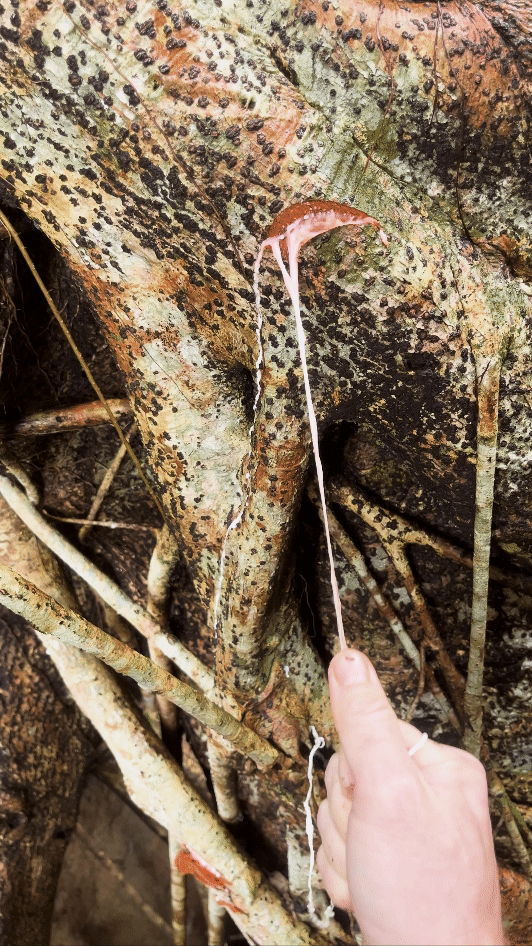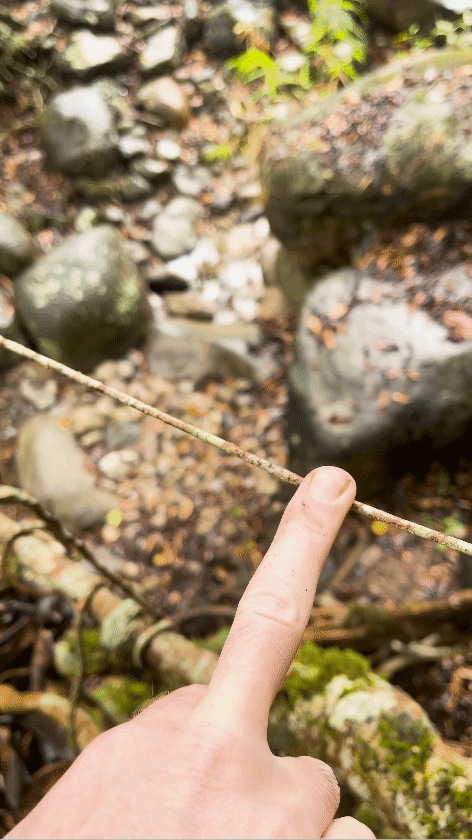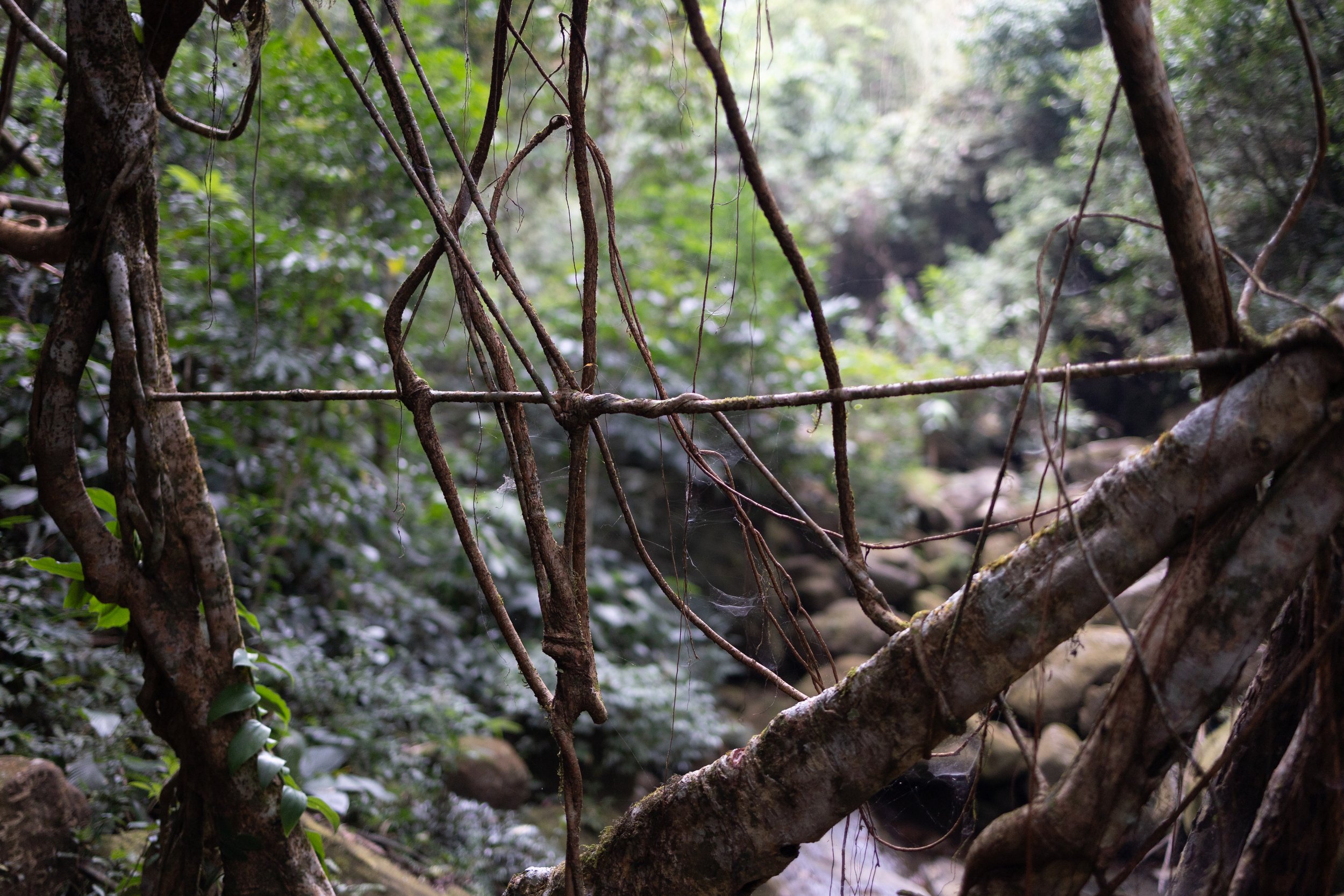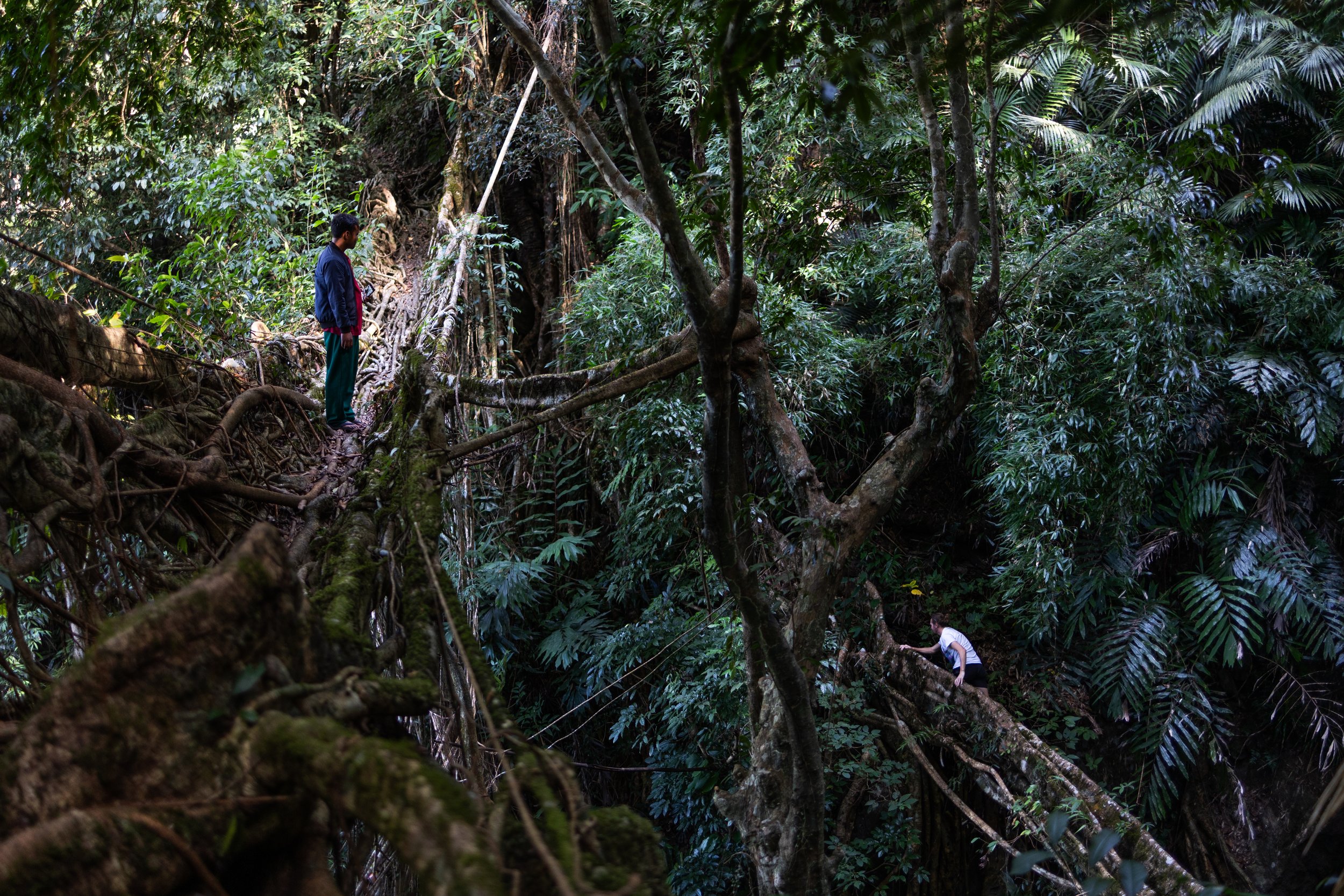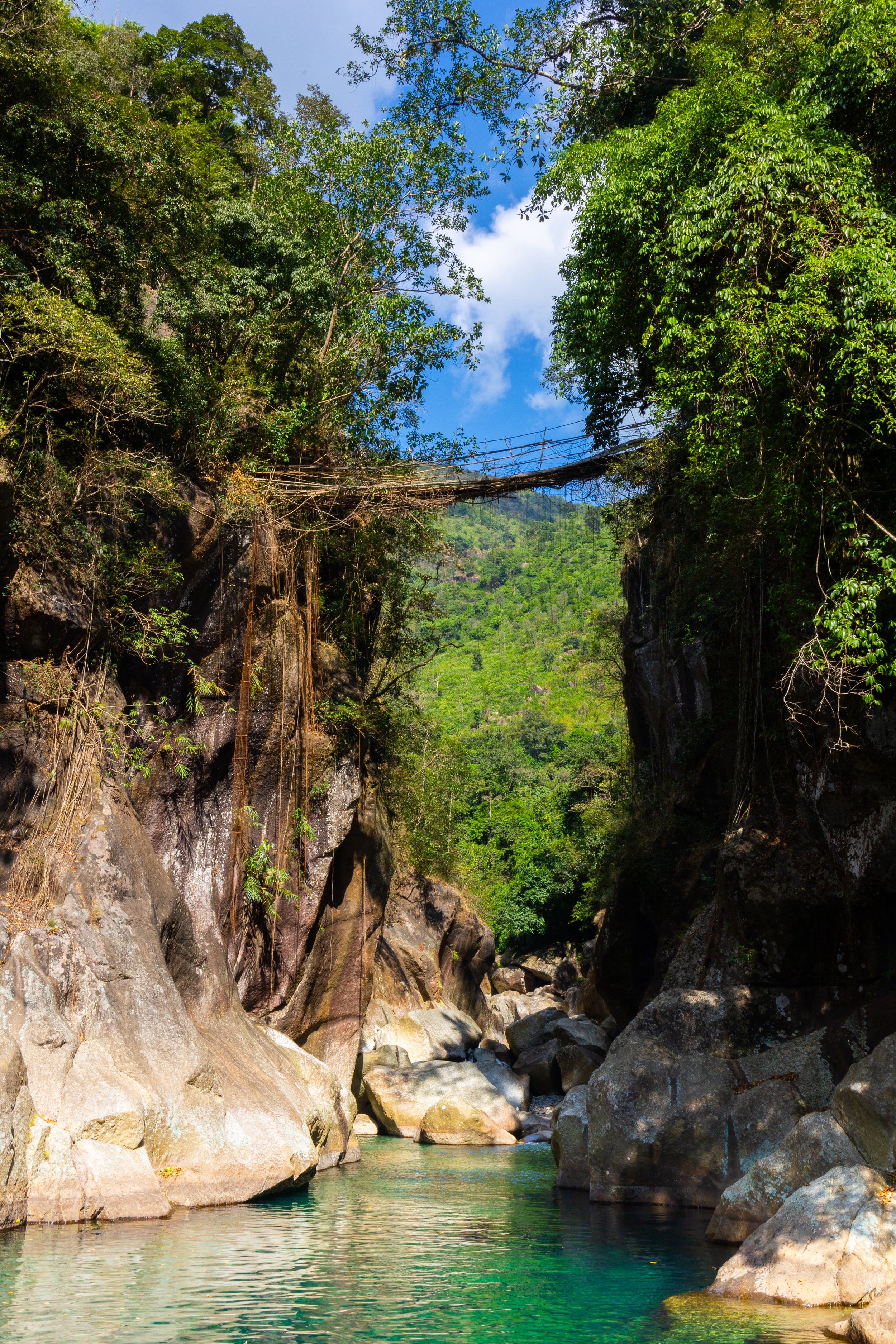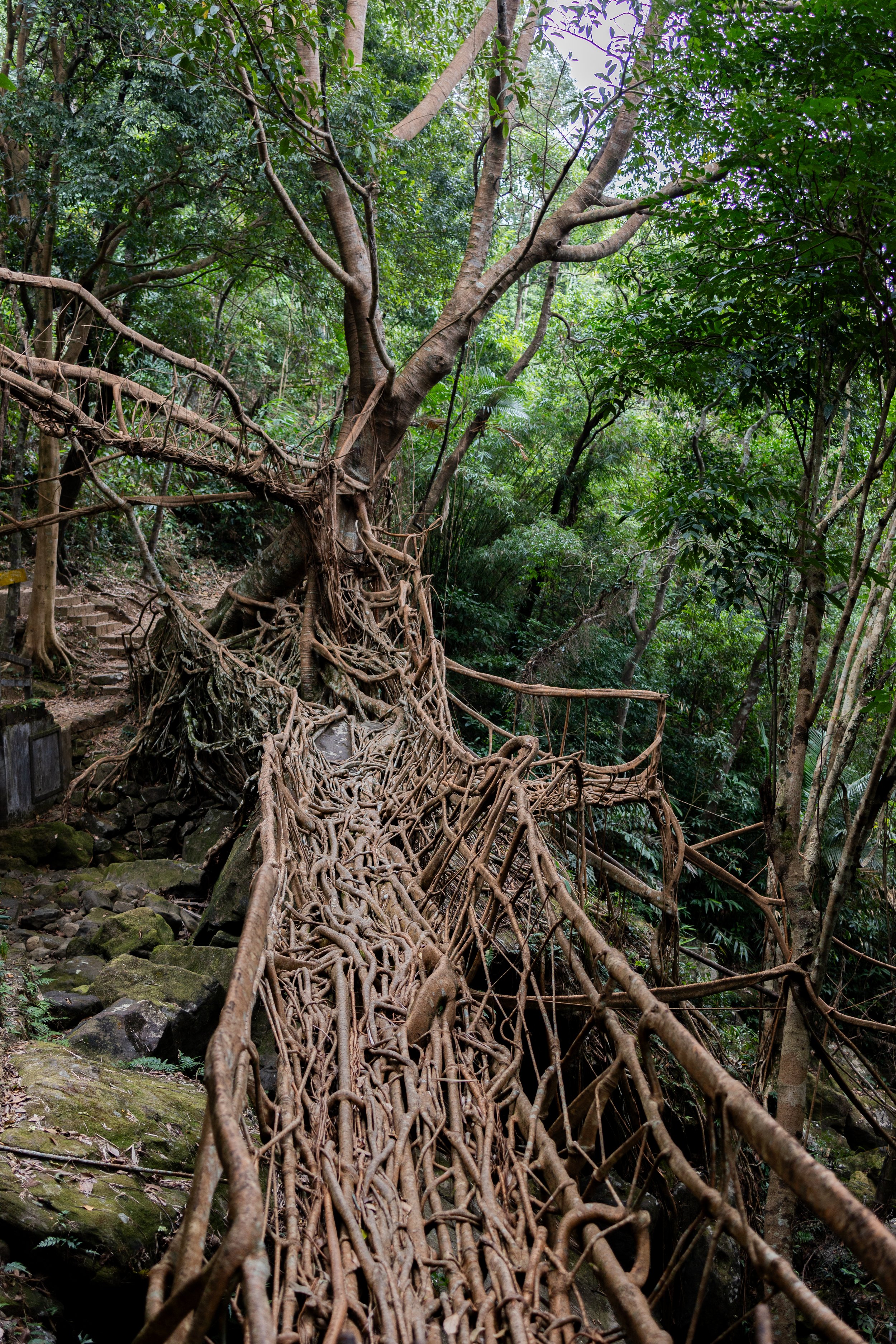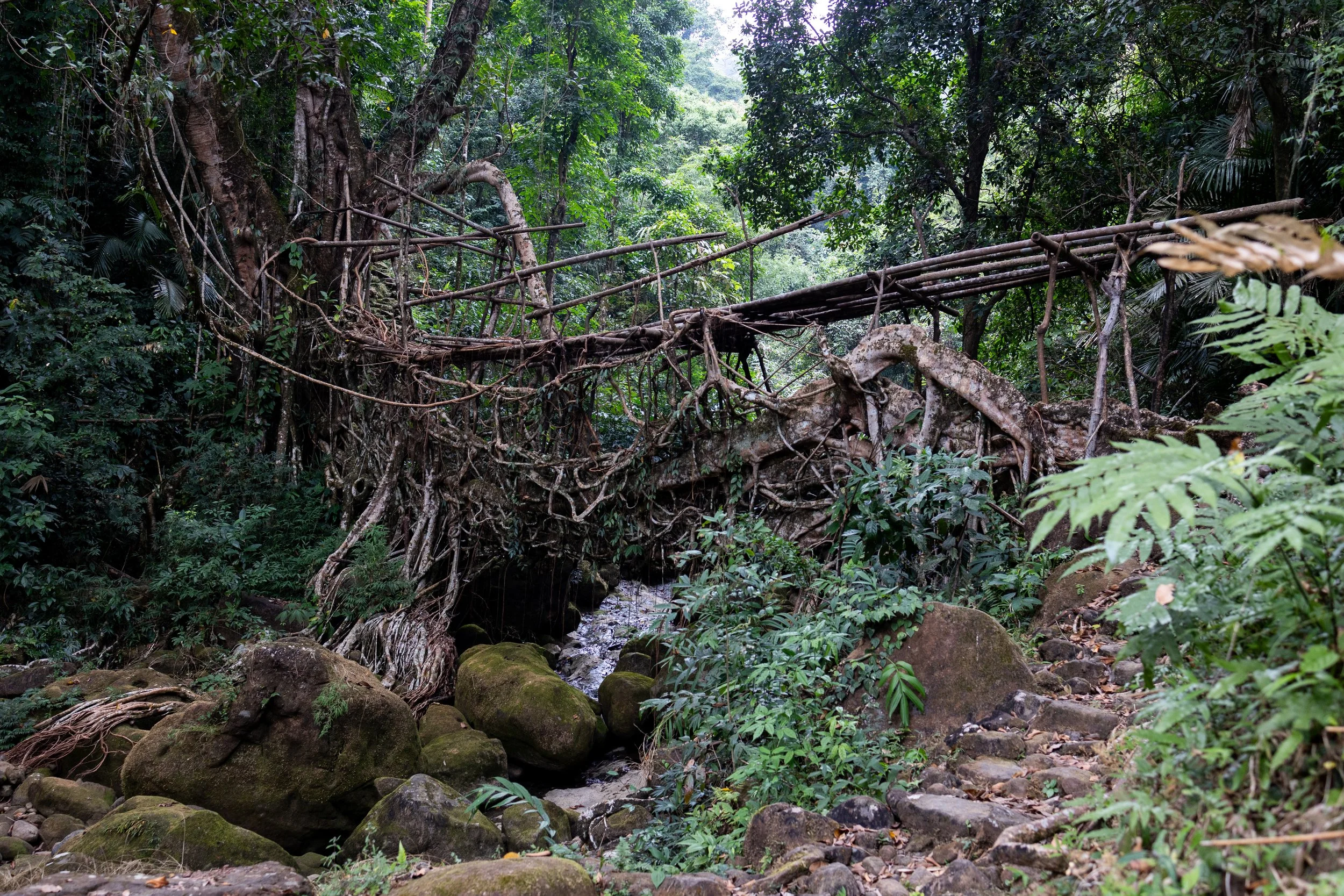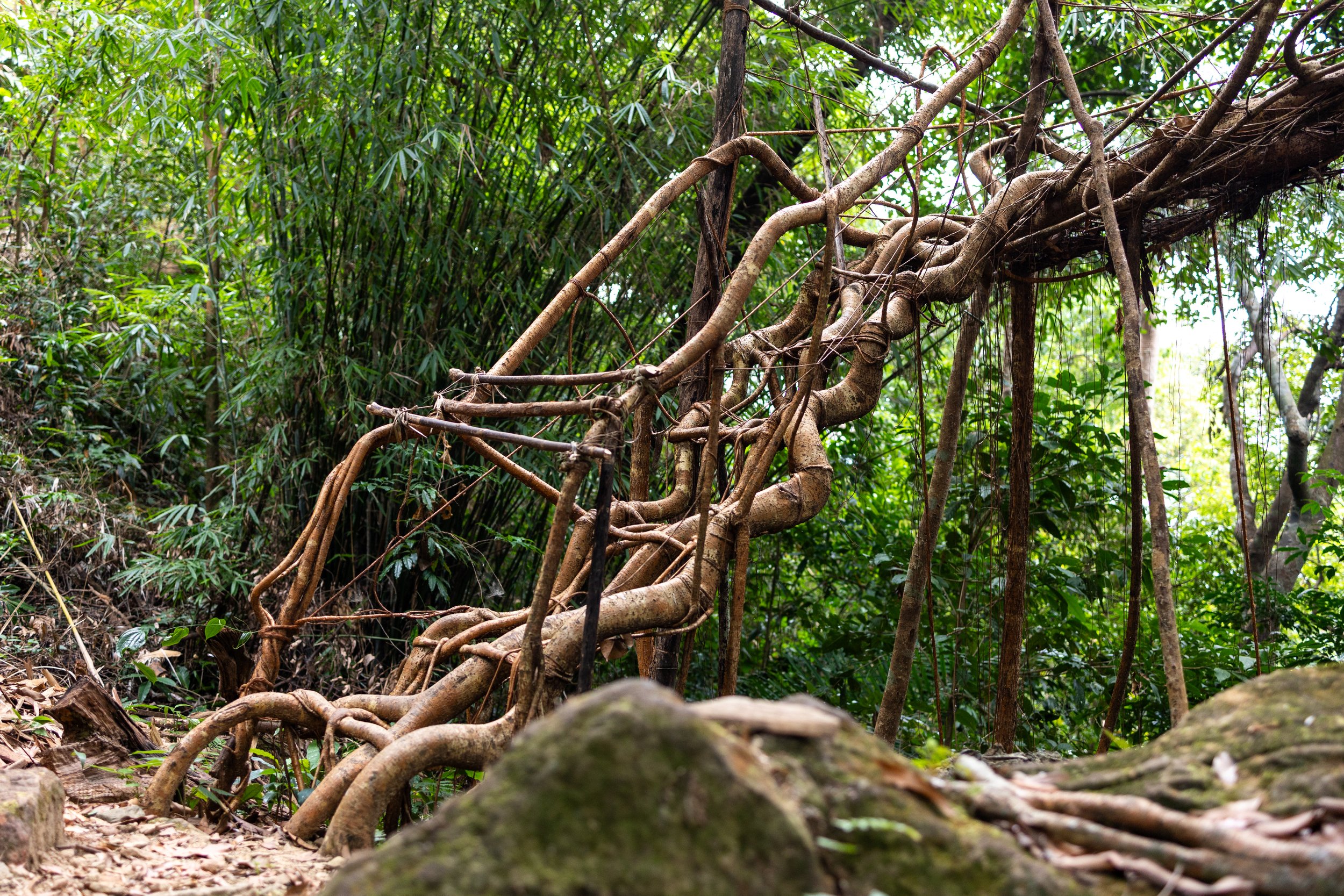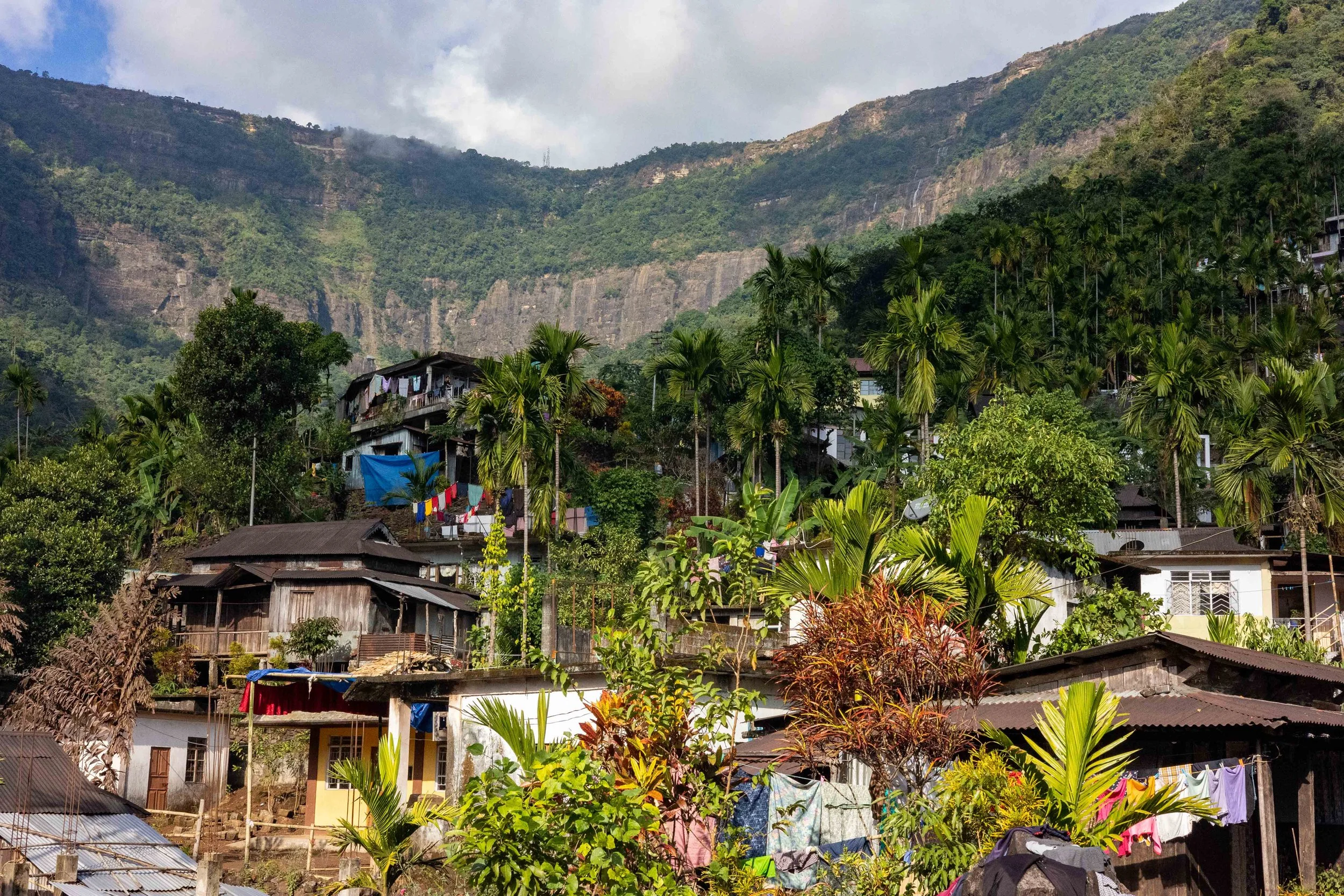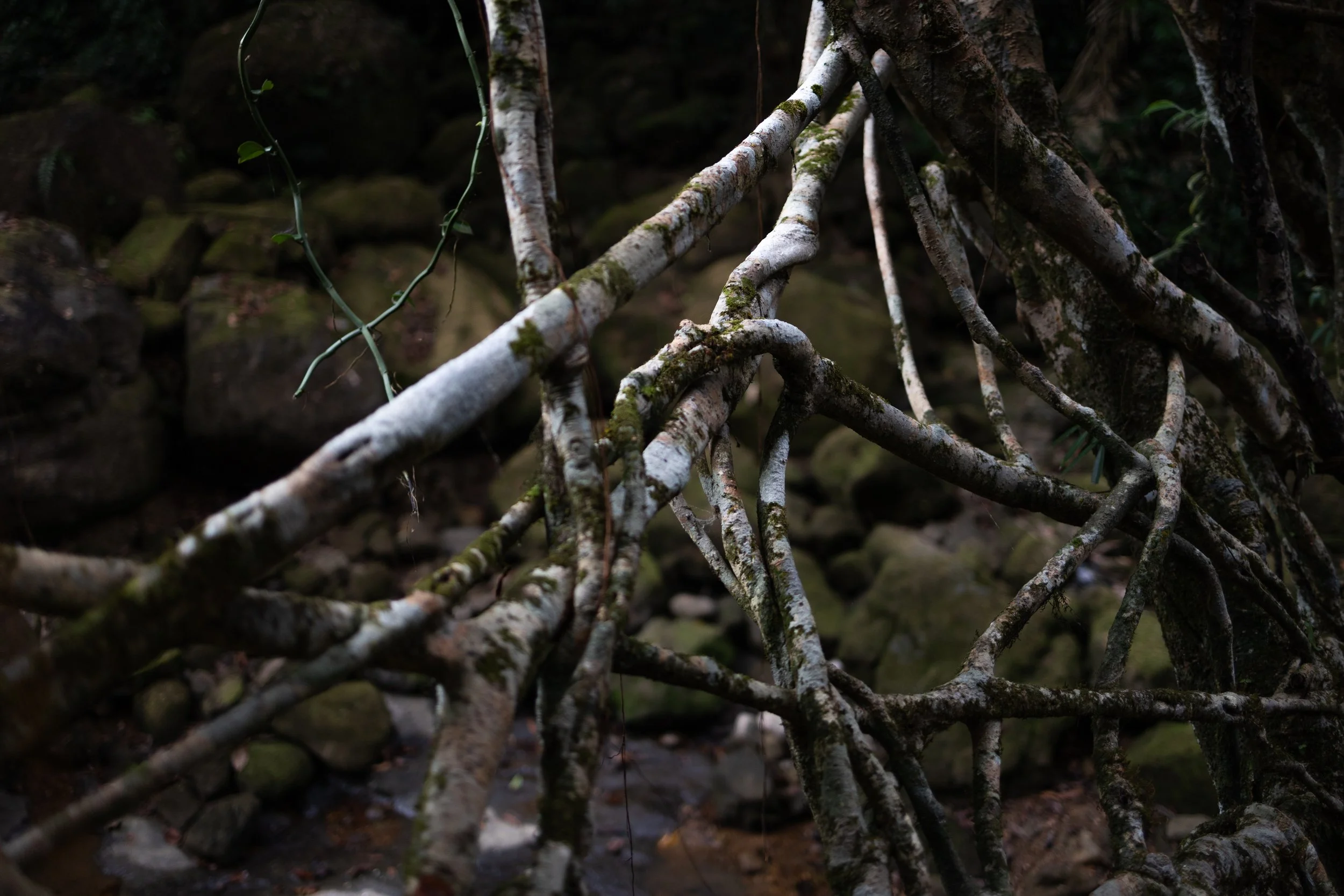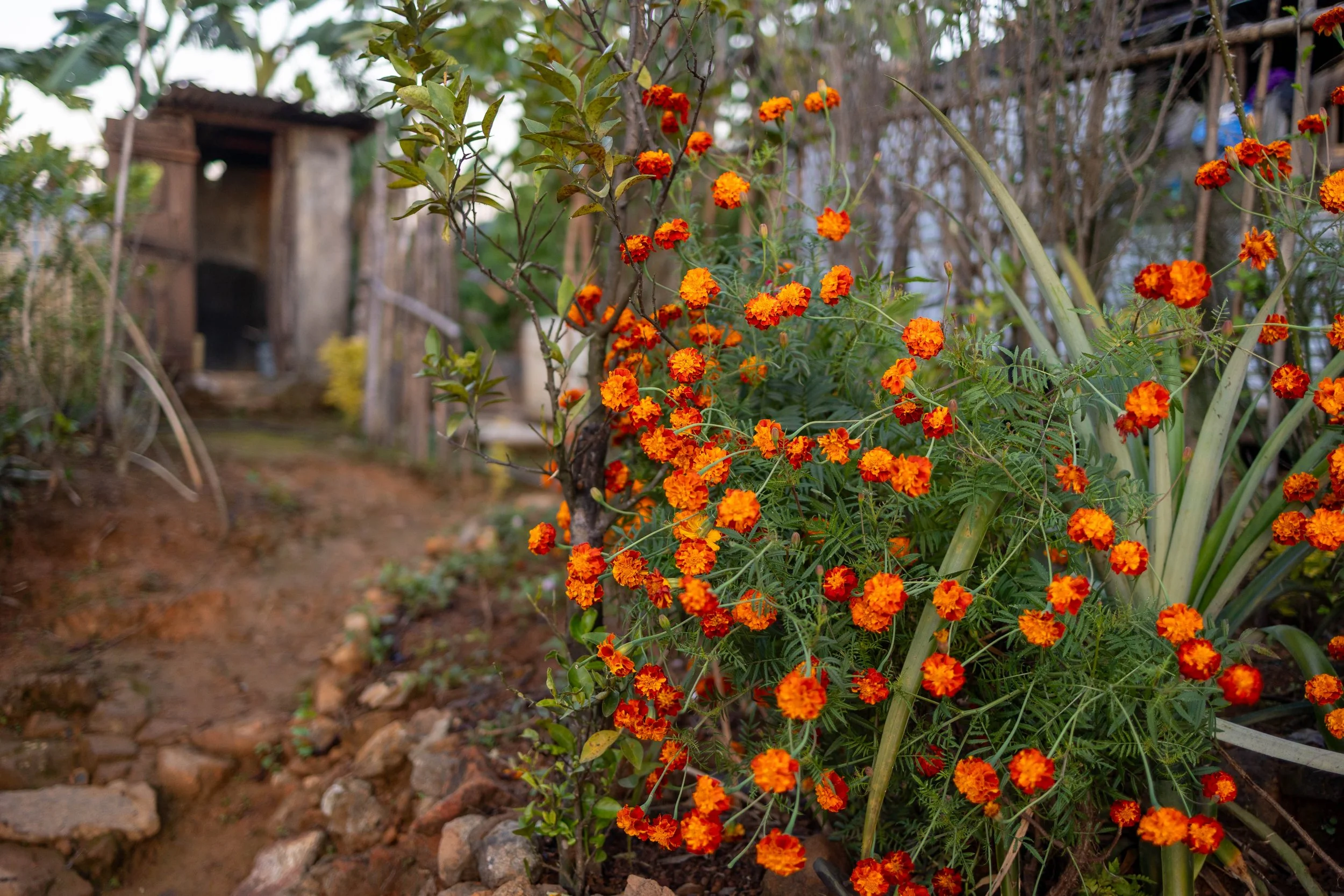Meghalaya - December 2023
Living Bridges
Welcome to Meghalaya in East India. It’s known as the wettest place on earth, with twelve meters of rainfall on average per year. Yes, rainfall measured in meters not millimetres. London - for some perspective - sees around 0.5m of rainfall per year.
Fortunately for me, I visited in the dry season. This small window in the winter is when you can just about guarantee that you won’t get drenched, and for the ten days I was here, it still drizzled on and off. Travelling in the ‘dry’ does have its disadvantages as I missed out on mother nature cranked up to eleven. When the waterworks are running, this state hosts some of the most impressive waterfalls and rivers in the world, however I was happy to trade that in for the luxury of whizzing around mountain roads on a 125cc scooter without sheets of rain holding me up.
Besides, I wasn’t here for the waterfalls I was here for the structures which cross them… Meghalaya is home to the famous Living Root Bridges.
Bordering Bangladesh and roughly the size of Wales, Meghalaya is comprised of dense rainforest carpeting 2,000m high mountains and gorges. With such intense annual precipitation, flat and farmable terrain is highly susceptible to soil erosion and landslips. Food supply is therefore heavily reliant on community collaboration via the extensive network of trade routes. Transporting goods during the peak monsoon season when rivers are operating at max capacity poses a significant challenge. Gorges, canyons and rivers can quickly turn from a trickle into a something more akin to a dam bursting. Hoping a traditional wooden or bamboo bridge will withstand this is like trying to stop a rising tide with a mop. The solution has gone back generations; a partnership with nature was forged, and an alliance from an unusual friend - the Ficus Elastica Tree (rubber tree).
In the wild, these majestic beasts can be found thriving in the rapids, clinging resiliently to the edges canyons like giant terrestrial octopi. Their tendrils lashed around rocks, speared through crevices, and anchored deep into the unstable soil. They stand, steadfast like poseidon completely unfazed by the torrential torrents thrashing around them.
As I clamber around the vast limbs of these monsters in bare feet, I feel like Mowgli from the jungle book. Surrounded by curtains of aerial roots which dangle from the branches in search of water, these young and malleable runners are what can be manipulated by man and diverted horizontally along temporary structures (vine ropes or bamboo frames) from one side of a canyon to the other. When the roots finally reach the other side and find what they’ve been searching for, like elephants’ trunks they immediately start gulping up water and nutrients. This not only siphons food back to fuel the mother tree, but also triggers the rapid and exponential growth of the root itself. With years of patience and encouragement, they will grow and expand into extremely robust structures more than capable of supporting humans and their heavy loads.
None of this could be achieved without the tree’s main superpower: its elastic properties. Bouncing on the branches or strumming a root like a guitar string and my brain immediately tells me this must be synthetic. Trees should be brittle and fibrous - not flexy and stretchy. I find a nick in a tree where sap has flowed out and dried, I expect a wet and sticky encounter but instead it’s completely congealed and elastic, like a rubber band.
visualisation of the elastic properties of the aptly named: Ficus Elastica
The trees also have another more subtle and less appreciated quality at their disposable. They’re not as thick skinned as you would expect and this epidermal flaw is instead a feature; the bark is tough enough for general wear and tear but if left pressed against another root, or even another Elastica tree for long enough, the bark dissolves and both bodies will fuse. Where several roots run in parallel, they will merge to form flat walls, and where they cross over perpendicularly they will seamlessly join like trusses bolted together, further strengthening the structure.
The result is not only spectacular, but also abundant. There are over 200 documented living root bridges, and many more have yet to be officially logged. The longest is around 50m in length and the tallest crosses to the top of a 60m high gorge. Each bridge is a unique fusion between the artistic work of the creator and the free will of each tree. This means that the bridges can be fun as well as functional.
A must-have is to include convenient handrails (safety first), some of which had overgrown and merged into high sided walls or even closed up into tunnels. Double or even triple decker bridges are in the making, to ease congestion in the jungle rush hour. One of my favourites was an incredible staircase complete with bannisters, or a crows nest lookout in case you wanted to stop and admire a view, suspended high in the air.
Another innovation was to pave the walkways. Can’t be rolling an ankle by tightroping the roots can we? By laying down thin slabs of rock, they soon become enveloped and intertwined into the structures and the result is a sturdy, flat and hard wearing surface to walk across.
One of the highest root bridges in Meghalaya
A robust bridge with two decks, handrails, crows nest triangular lookout section on the right.
For the skilled Khasi tribes, a bridge can be grown in as little as ten years, which surprised me. Ten years would be sufficient for a simple crossing at least, but some of these bridges were much more robust, and for that a few generations of elbow grease is required.
Sadly, like with all of life’s trials, there are tribulations. One hard to reach village I visited, Laitiam, told tales of a feud with some mysterious and malicious neighbours who had burned down their magnificent bridge. It would have been the longest in all Meghalaya. The charred stumps at each bank of the huge 100m wide river included a third tree clinging onto a rocky island halfway across to help support the vast gap. This arson attack happened around 30 years ago, and the bridge being a vital lifeline for the village triggered the government to fund the construction of a steel suspension bridge which has now been built in its place.
On the whole, life seemed good and for the local people who are still thriving here, connected to the modern world by a substantial network of new tarmac roads funded by tourism, and the living bridges now taking a backseat for transportation of goods. It’s a balanced life, with access to the modern world but still being respectful, resourceful and living from the land. There are five or six bridges which are very much earmarked as tourist attractions with carparks, ticket booths, and signposts. Luckily for the adventurous there are hundreds more in the ‘wild’. It allowed for some good bridge hunting opportunities - completely reliant on word of mouth from local people to find them.
The bridges are still being looked after with younger generations also interested in their maintenance. One of the local boys who led me to find a couple of the bridges was plotting some new bridge projects of his own. He kindly invited me stay for three days in his family home in a beautiful village of Krohiawhiar, just twenty homes. He’s part of a unique tribe of Khasi people, follow this link to read about this ‘Singing Village’ which is a small window peering into the life of some local Meghalayans.
